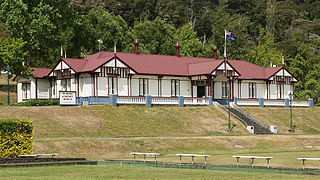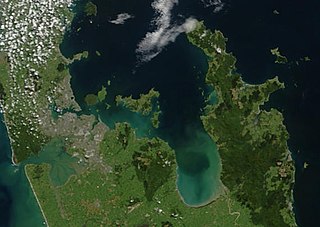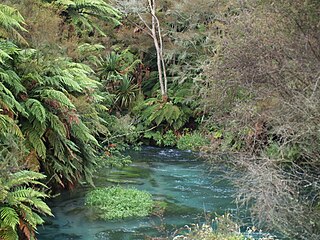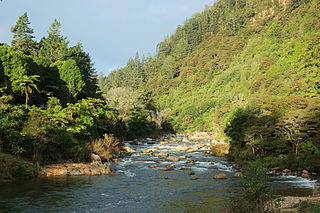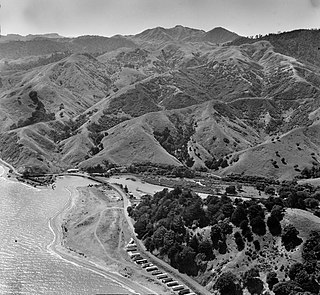Historic Kopu Bridge | |
|---|---|
 Looking east over the old bridge | |
| Coordinates | 37°11′27″S175°33′43″E / 37.1908°S 175.5619°E |
| Carries | Vehicles |
| Crosses | Waihou River |
| Locale | Hauraki Plains / Coromandel Peninsula |
| Maintained by | NZ Transport Agency |
| Characteristics | |
| Design | Swing bridge |
| Material | Timber piling, concrete piers, steel plate girder spans [1] |
| Total length | 463 m [2] |
| Width | 4 m, with passing bays (use ceased after signalisation) |
| Longest span | 42.7 m (swing span), creating a 15.3 m wide shipping channel [2] |
| No. of spans | 23 |
| History | |
| Designer | J. E. L. Cull [2] |
| Construction start | 1926 |
| Construction end | 1928 [3] |
| Statistics | |
| Daily traffic | 9000 [1] |
| Designated | 13 December 1990 |
| Reference no. | 4681 |
| Location | |
 | |
(New) Kopu Bridge | |
|---|---|
 New bridge being built in early 2010. Working deck shown only, final bridge level much higher | |
| Coordinates | 37°11′27″S175°33′43″E / 37.1908°S 175.5619°E |
| Carries | Vehicles, bicycles & pedestrians |
| Crosses | Waihou River |
| Locale | Hauraki Plains / Coromandel Peninsula |
| Maintained by | NZ Transport Agency |
| Characteristics | |
| Material | Concrete, steel girders |
| Total length | 587 m [1] |
| Longest span | 42.8 m [1] |
| No. of spans | 16 [1] |
| Clearance below | 6.5 m above mean sea level [1] |
| History | |
| Construction start | 2009 |
| Construction end | 2011 |
| Opened | 2011 |
| Location | |
 | |
The Historic Kopu Bridge (originally Hauraki Bridge and sometimes Waihou River Bridge) [2] is a single-lane swing bridge that spans the Waihou River, near its emergence into the Firth of Thames in the Thames-Coromandel District of New Zealand's North Island. The bridge was completed in 1928 and was part of State Highway 25. The swinging span in the middle of the bridge is 43 metres long and with an overall length of 463 metres, the bridge was the longest and oldest single lane bridge within the state highway network. It is also New Zealand's only remaining operational swing bridge. [2] [1] [4]
Contents
As the first available crossing of the Waihou River and the main link between the Hauraki Plains and Coromandel Peninsula, it sees a lot of traffic, especially during holidays. Due to a gradual increase in the traffic between Auckland and the Coromandel Peninsula, by the early 1990s the bridge became the most heavily used single lane bridge in the country,[ citation needed ] with traffic volumes of an average of 9,000 vehicles per day. [1] Traffic flow over the bridge was controlled by traffic lights and the bridge was notorious for queues which formed during peak times such as holiday weekends, when three hours delay were common. [3]
Rarely used as boat traffic declined (especially for shipping use, with the river once navigable all the way up to the town of Paeroa) [5] in the latter years before it was closed to traffic, the swing span could still be opened to provide a 15.3 m wide channel to passing vessels. [2]
The bridge is the only surviving road bridge of the swing span type in the country and Heritage New Zealand lists the bridge as a Category 1 historic place, [2] [1] [6] while it is also on the IPENZ Engineering Heritage Register. [5]
In December 2011 a new two-lane bridge opened directly to the south of the old bridge. The old bridge remains under active threat of demolition. However a local group, the Historic Kopu Bridge Society has been working since 2011 to retain the bridge into community ownership, so that it may remain as a pedestrian and cycleway and NZ's last remaining operational swingbridge. [7]


